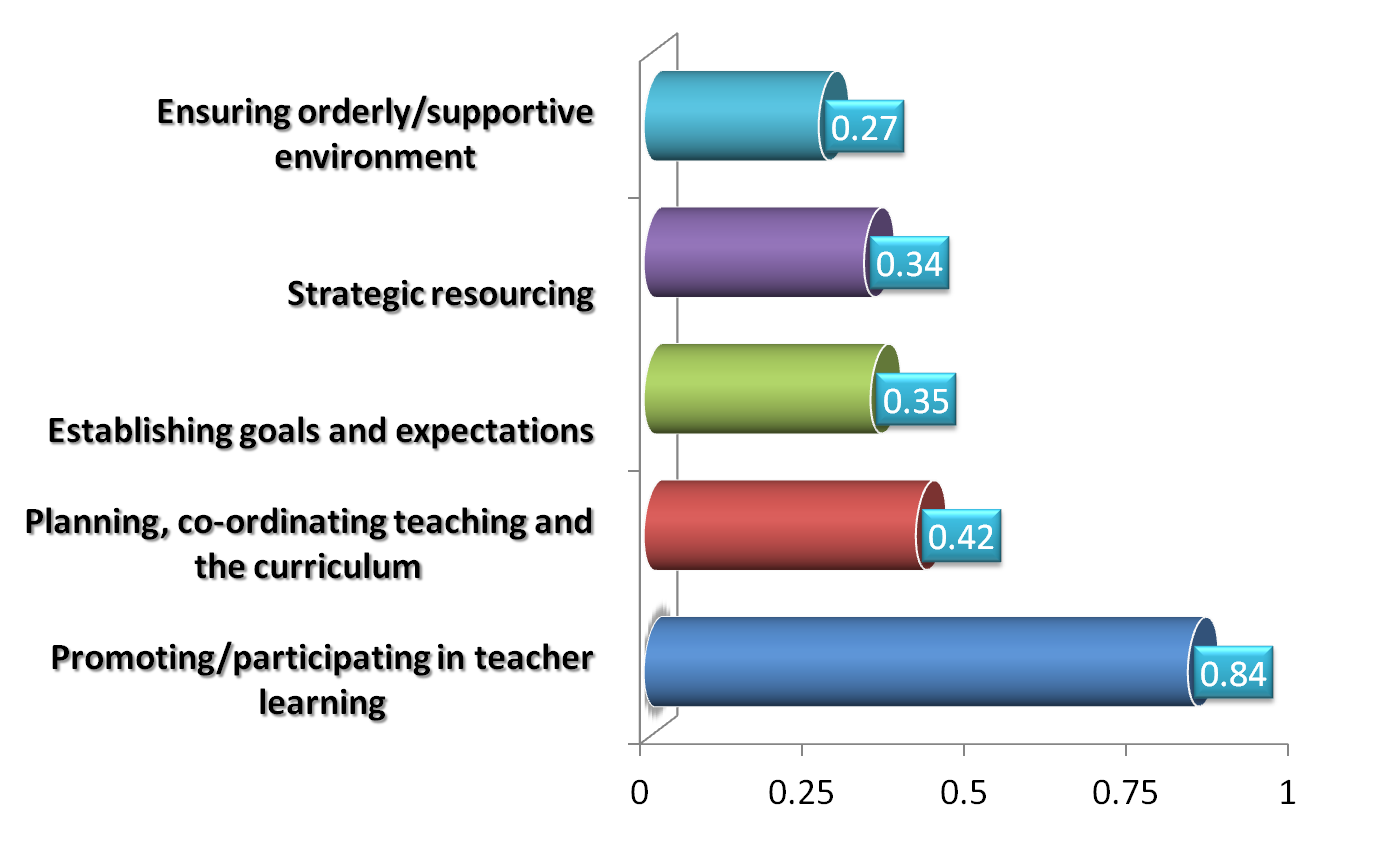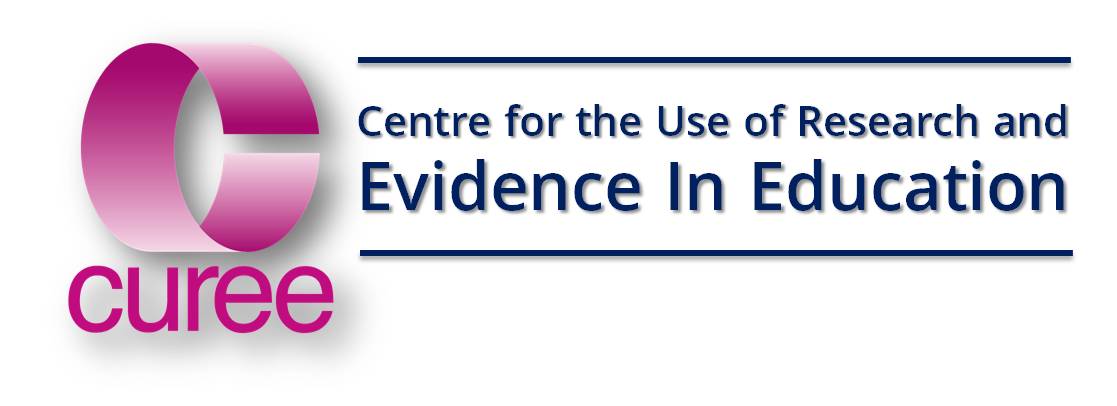CUREE, in collaboration with 157 Group (now the Collab Group) and supported by LSIS, piloted a system for evaluating and fine tuning these processes in FE colleges. Based in international research and already proven in schools, the SKEIN FE service was co-developed with Derby College, piloted in York and Cornwall Colleges and tested in collaboration with many other 157 Group members. The fully adapted service is available to colleges.
What are the benefits for colleges?
Colleges benefit from SKEIN in six key areas. SKEIN:
- enables colleges to make better, more cost effective choices about using scarce PDL resources
- offers the means systematically to focus PDL on specific aspirations for students and a coherent PDL approach across the college;
- links staff learning explicitly with student learning, enhancing the college’s Ofsted evidence base
- develops in-college PDL capacity for all groups of staff
- raises colleagues’ expectations of PDL and what it can contribute to student success
- provides the college strategic leadership with a overview of the effectiveness of the professional development systems and processes across the enterprise.
What do colleges actually get?
- A detailed report analysing your college’s ‘professional learning environment’ against five effectiveness areas and four benchmark levels
- a set of findings in each areas highlighting the college’s strengths and outlining areas for improvement
- specific recommendations and pointers to relevant resources for your action plan to make improvements
- access to relevant online resources.
Read more testimonials here
How Leaders Improve Learning
A major technical review of international research on the impact of leadership on learner outcomes, identified 5 key aspects of leaders’ roles and ranked them in order of impact (using ‘effect size). Standing out from all the others, twice as large as the next most important, was ‘promoting and participating in teacher learning’ – as this graph shows:

CUREE’s own 15 years of conducting and analysing the research evidence has shown:
- that there is now a robust and settled body of evidence about effective teaching and learning approaches;
- the teacher/trainer remains pivotal in achieving high quality learner outcomes
- the centrality of professional development and learning (CPDL) - better initial training doesn’t fix it
- the variability of quality and impact of CPDL and the ineffectiveness of much of it
Raising the quality of teaching and learning
We know that process-based quality assurance systems have an important role to play in improving the overall quality - and colleges are generally pretty good at these. But the principal drivers of quality in teaching and learning are the knowledge, skills and practices of the teacher or trainer and, in these areas, the Chief Inspector has found many weaknesses. The only viable means of addressing those weaknesses is through the professional development and learning (PDL) of serving teachers, trainers and those who lead them.
This analysis is shared by the 157 Group as illustrated by their 2012 seminar paper Leading Learning and Letting Go. This identified the key issues as:
- The development of more research‑informed approaches to teaching and learning
- Investigation of the types of support that leaders can provide to promote innovation and best practice in teaching and learning
- How to better assess the impact of professional development on teaching and learning
- The development of professional identities and more networks for teachers and trainers
click here to go to the FE section of the SKEIN website and here to read the full Pilot Study report
Quality benchmarks
CUREE has identified, from a multi-layered analysis of the evidence, the key aspects of professional development which actually improve learner outcomes and what each looks on a scale from developing to transformatively integrated into the systems and structures of the college . From this base, we have derived criteria, evidence collection instruments and benchmark levels through which the organisation’s effectiveness as a sponsor of PDL can be assessed.
These are summarised below and illustrated in the two charts:
- leadership of professional learning;
- use of collaboration as professional learning strategy;
- use of specialist expertise;
- use of evidence to support the learning process and link staff and student learning;
- summative and formative approaches to needs analysis
How does it work?
Data about the current systems and process are collected via:
- Group interviews with the Executive team and/or HoF/D
- Individual interviews with a sample of staff
- a number of focus group(s)
- a staff survey
- Documentary analysis
The processes have been designed to be as unobstrusive as possible, to use data, documents etc that the college has created for other purposes. Interviews are short and very focussed and other activities (for instance, the focus groups) are an interesting and developmental experience in their own right
Want to know more?
Contact Paul Crisp or Niamh McMahon by phone at 024 7652 4036. You can email us using the contact details below:
Paul Crisp | |
Niamh McMahon |
You will also find out more about the schools version of SKEIN from the website at www.skein.org.uk.
What does SKEIN mean?
SKEIN is not an acronym - it is the term for a formation of geese in flight and we think the image reflects a lot about what we are trying to do here – rapid progress through shared leadership, development and mutual support. The SKEIN represents both collective endeavour and individual responsibility. And they lay golden eggs!
It also means ‘reflect’ in Norwegian and an unspecified length of wool wound so it’s not tangled. We quite like the idea that we help you get and keep your professional development ‘untangled’.
